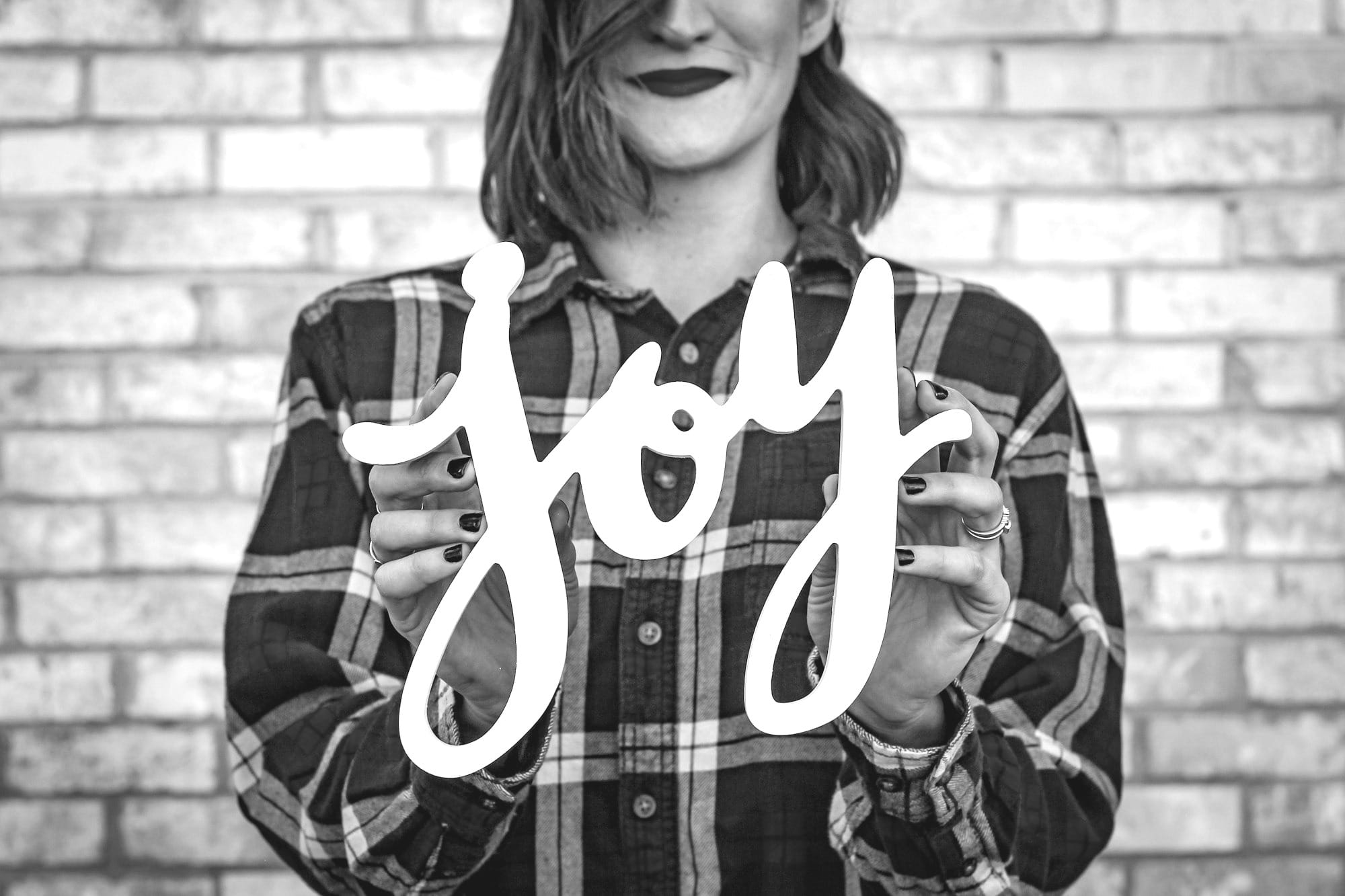Joyful strategy
"... marketing with joy doesn’t just separate your product from the rest. It also shows that you had the customer in mind when you were making the product."

What is Joy?
Dictionaries (and Google) seem to struggle with good definitions for the difference between 'happiness' and 'joy'.
Joy: a feeling of great pleasure and happiness
Happiness: the state of being happy
Happy: feeling or showing pleasure or contentment
So, by this train of thought, joy equals being in a state of great pleasure or contentment? Happiness is extremely difficult to achieve, is perhaps 'deeper' deeper than joy. It has been analysed by philosophers since 'forever'.
Yet, most of us are not always sure how happy we really are, but we damn-well know it when we are experiencing joy.
Roxette's Joyride
This post was triggered by two recent events. This first of these two triggering events was outside Bayside Centre in Table View last week when we observed two teenagers spontaneously singing Roxette's "Joyride".
Given their ages, they almost certainly first learnt that song from this Sixty60 ad. What was very obvious is that 'joy' was very much part of their emotional states at that moment too.
Joy as a Marketing Strategy
So, joy is certainly an emotion to explore in advertising and marketing. From this Forbes article:
"Consumers purchase something to fill a need. Happiness or joy is a need. Incorporating the word “joy” into your marketing can compel the consumer to fill that need without any broken promises on the company’s part."
Moreover, and with a customer-first notion top of mind, also the following from that article:
"... marketing with joy doesn’t just separate your product from the rest. It also shows that you had the customer in mind when you were making the product."
This is called 'Joy Marketing', which is part of (or similar to) Emotional Branding. The Wikipedia entry covers some of the pitfalls of these types of approaches too (under the 'Criticism' heading). In general, there are caveats to using 'joy' as a central concept. How successful will 'joy' be if a potential customer is in a bad state of mind, for example? Yet, the potential upside is immense.
Joy and Honesty
As it is in art, so it is in marketing?
It would seem as if the answer to conveying an emotional state (whether in art or elsewhere) always ultimately rests on honesty. Honesty really is the key. Copies, rip-offs, or staged emotions just create uncanny-valley or distrust responses.
Staged-joy ads where groups of pretty people have incredible amounts of fun while drinking beer together (or similar) just somehow never feels 100% right. Why? It is often not 100% honest or 100% relatable to most of us.
As an aside, this is (inter alia) why AI-art may impress us and may trigger emotions, but does not (yet) qualify as good art or great art. The uncanny valley that we have to cross to arrive at honesty/authenticity/credibility, or to experience emotions deeper than momentary interest, is just too great still.
Types of Joy
Story-joy (as opposed to staged-joy) sometimes works. Story-joy works if one has a good story with good acting.
Another option is to attach the brand to Proven-joy. In such a case one associates your brand with something that went viral or is well-known - and some brands do exactly that. This may work well, but the risks are huge there too, and the biggest risk is probably that you will be seen as an imposter riding the coattails.
Art-joy (especially musical art joy) also sometimes works well. The use of Roxette's "Joyride" (mentioned earlier) is a great example. Typically, high-art only works with the absolute best products or services. But you can alienate some potential customers by disrespecting it (as is, somehow, too often, the case with the Flower duet from Lakmé ). Lower-brow art works elsewhere. Thus the Roxette choice - absolute musical fluff, but also utterly joyous - works really well in the context that it was used.
There is, however, a fifth, perhaps under-used, joy-related option, which we shall now call Spontaneous-joy. In this case we do not have actors or celebrities (that are obviously being paid by you), or piggy-backing types of actions. Nope, this is about discovering instances of 'ordinary' people have recorded themselves experiencing moments of immense joy, finding a strong link with your brand, doing all-the-necessary, and then introducing those moments to a much wider audience.
Surfski Joy
The second of the two triggers for this post is related to this author's love for surf skiing. If there is a video that conveys the joys of paddling a surfski downwind, it is this video. The trigger event was re-watching it again last week.
Those of us who are lucky enough to have a surfski and have relatively easy access to the ocean will definitely have experienced this feeling of complete and utter elation and joy. Yes, these guys have a YouTube channel and they are hamming it up a bit, but trust someone who has done many a downwind run on a surfski: The joy in this video is 100% true.
Bottom Line
Now, does it make sense for a brand to find such Spontaneous-joy instances and building them into the brand? There are many examples such as the Starbucks White Cup Contest and Apple's Shot on iPhone campaign. Sixty60 (of Roxette fame, above) regularly share customer-generated content too, albeit in a more proven-joy manner. We are just asking how far this concept can be taken (when done with proper risk management).
Finally
If you found that surfski video above to your liking, you may be interested to also see the master at work in his office. Oscar Chalupsky is one of (if not 'the') greatest surfskiers ever and was diagnosed with bone marrow cancer a few years back.
Here he is, in his 'weakened' state, showing how one can have as much fun as the two guys above while doing almost no paddling, but still moving at high speed simply by masterful and indescribably good reading of the water and the swells. And all of this in a plastic boat - as opposed to the much faster fiberglass or carbon fiber options.
(Oscar is doing the Miller's Run from Millers Point to Fish Hoek in a South Easter, while Zack and Jerry did the reverse Millers Run; i.e. in a NW wind.)

